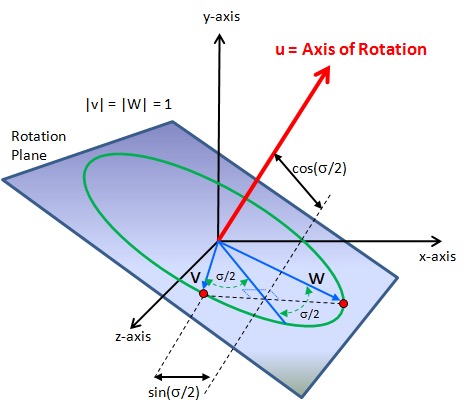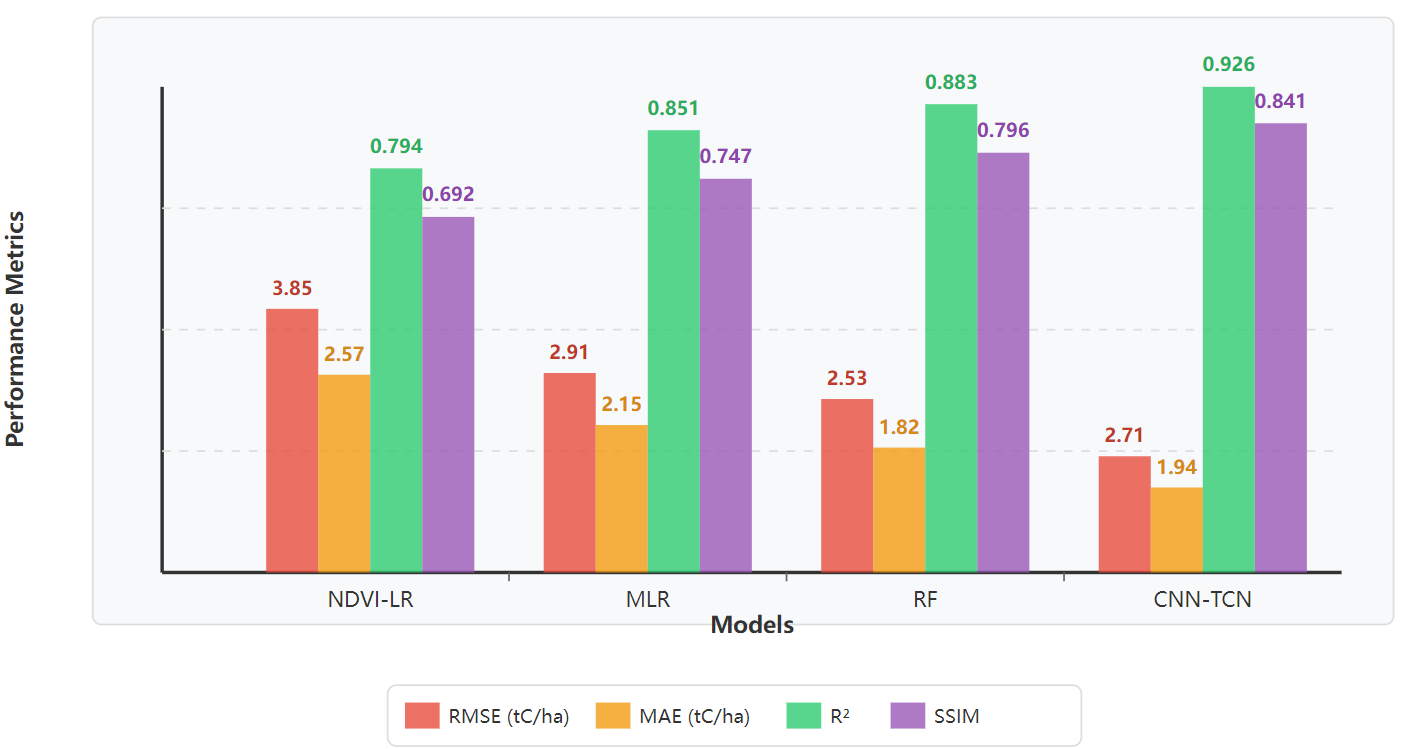

Volume 16 Issue 10
Published on October 2025
Satellite attitude dynamics are inherently nonlinear, and modelling becomes particularly challenging during large-angle manoeuvres or actuator saturation. Traditional first-principles modelling methods often require precise system parameters, yet even then, many complex behaviours may not be captured. To address this, this paper proposes a data-driven modelling method based on Koopman operator theory, which learns a global linear representation of satellite attitude dynamics from simulated trajectory data. Specifically, the model constructs a high-dimensional enhanced state space using a set of observable values, enabling the Koopman model to approximate nonlinear dynamics through linear systems. This approach achieves a relatively accurate prediction of angular velocity and attitude trajectories. Simulation results show that the Koopman-based model is effective and can be applied for real-time attitude prediction and satellite control.

 View pdf
View pdf



As urban carbon neutrality initiatives accelerate, green spaces in cities are playing an increasingly critical role as natural carbon sinks in mitigating greenhouse gas emissions. However, conventional carbon estimation approaches struggle with spatial fragmentation and temporal variability in urban green areas, resulting in limited accuracy and poor adaptability. To address this challenge, this study proposes a deep spatiotemporal modeling framework combining Convolutional Neural Networks (CNN) and Temporal Convolutional Networks (TCN), integrating multi-source remote sensing data from Landsat-8, Sentinel-2, and MODIS to estimate carbon storage in Guangzhou’s green spaces from 2018 to 2023. Experimental results demonstrate that the model achieves robust performance across diverse land types and seasonal conditions, with an overall RMSE of 2.71 tC/ha, R² of 0.926, and SSIM of 0.841, significantly outperforming traditional statistical and machine learning methods. The study confirms the effectiveness of deep fusion modeling in urban carbon sink estimation and offers a scalable technical pathway to support carbon asset management, green space planning, and low-carbon policy development in complex urban contexts.

 View pdf
View pdf




